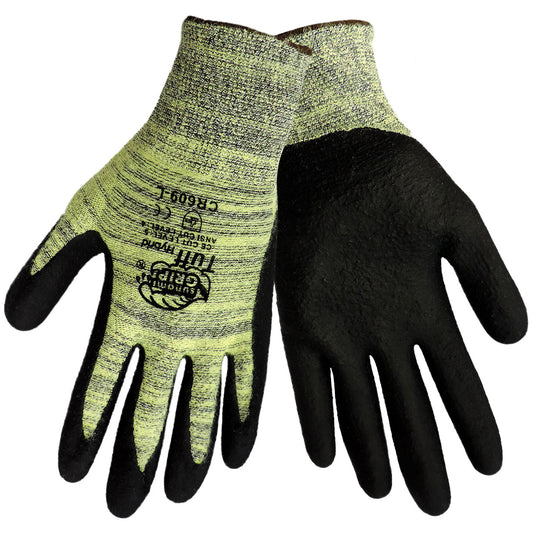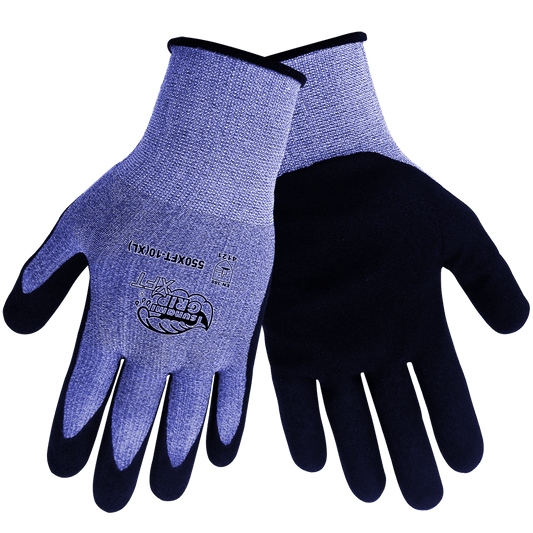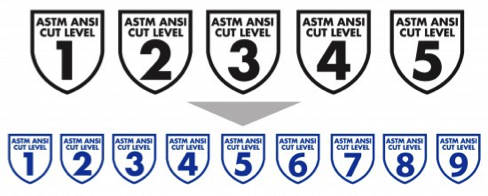News

Four Things You Should Know About Cut Resistant...
If you’re in the market for purchasing some cut resistant gloves for you or your employees, then this article is for you! We’ve gathered four key things that you should...
Four Things You Should Know About Cut Resistant...
If you’re in the market for purchasing some cut resistant gloves for you or your employees, then this article is for you! We’ve gathered four key things that you should...

What’s the Difference Between Polyurethane Coat...
When you work in an environment where you need an enhanced glove grip, you’re probably familiar with two different types of palm coatings that are made to enhance your grip....
What’s the Difference Between Polyurethane Coat...
When you work in an environment where you need an enhanced glove grip, you’re probably familiar with two different types of palm coatings that are made to enhance your grip....
Choosing A Glove For The Food Industry
Those of you who work in the food industry probably know that there are many risks of injury where you work every day. In fact, food industry jobs are known...
Choosing A Glove For The Food Industry
Those of you who work in the food industry probably know that there are many risks of injury where you work every day. In fact, food industry jobs are known...

Breaking News: Updated ANSI/ISEA Cut Classifica...
The classification guidelines for bot the ANSI and ISEA rating systems have recently changed. What does this mean for you and your future glove purchases? Keep reading to find out. The...
Breaking News: Updated ANSI/ISEA Cut Classifica...
The classification guidelines for bot the ANSI and ISEA rating systems have recently changed. What does this mean for you and your future glove purchases? Keep reading to find out. The...



